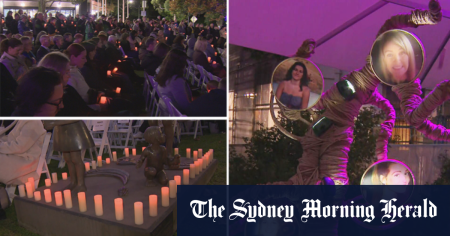In the wake of the tragic murder of Jade at Westfield Bondi Junction, the community has rallied around her family to provide support and assistance. Many individuals and organizations have demonstrated their compassion and empathy in the wake of this crisis, offering their condolences and help to Jade’s grieving loved ones. However, some media and social media outlets have failed to show the same sensitivity and respect. The family of Ash Good, who also suffered a tragic loss, had to request that media outlets stop sharing unauthorized photographs that added to their pain and distress.
Jade’s family was horrified to discover that footage of her last moments, including her receiving CPR at the shopping center, was being broadcast on mainstream television and shared on social media. This invasion of privacy and insensitive sharing of such distressing images only compounded the family’s grief and added to their trauma. The decision to capture and broadcast these intimate and heartbreaking moments is a violation of basic human dignity and serves no purpose other than to satisfy morbid curiosity.
The act of sharing images of dead, dying, or injured individuals for public consumption is a deplorable and inhumane practice that reduces human suffering to mere entertainment. The family is understandably outraged by the exploitation of their private grief for the sake of generating views or clicks. The insensitivity and lack of empathy displayed by those who choose to capture and share such images highlight a disturbing trend in society, where personal tragedies are treated as mere spectacle.
Despite the initial expressions of sympathy and support from various media organizations, the family is disappointed by the hypocrisy displayed by some outlets. While offering condolences and reporting on the tragedy, these same organizations failed to acknowledge their own role in perpetuating the dissemination of disturbing content. The family is frustrated by the lack of accountability and acknowledgment of the harm caused by the sharing of such graphic imagery.
In the face of this violation of their privacy and dignity, the family has chosen to speak out against the media’s actions and call attention to the harmful impact of sharing distressing images of victims. By bringing awareness to this issue, they hope to prevent future instances of exploitation and ensure that other families are spared the added trauma of having their private grief turned into public spectacle.
While recognizing the irony of using mainstream media to amplify their message, the family is determined to hold those responsible for the unauthorized sharing of sensitive content to account. By sharing their story and advocating for greater sensitivity and respect in the media, they hope to prevent further harm and ensure that victims and their families are treated with the dignity and compassion they deserve in times of crisis.














